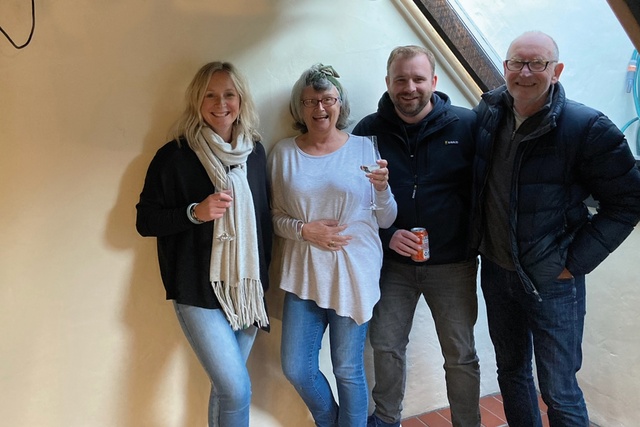Obituary: Ian Dickson
Julia Gatley pays tribute to Athfield Architects’ longest-serving staff member: Ian Dickson, a quiet achiever who earned the respect of everyone in his orbit (2 November 1949–4 March 2024).
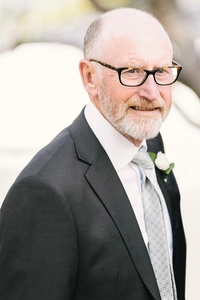
Ian Dickson — known to all as Dickie — spent 50 years at Athfield Architects in Wellington, joining Ian Athfield only six months after he established the practice. Dickson was one of the first to be promoted to the role of company director, and both delivered and led numerous projects until his retirement in 2019. He is remembered with deep respect by those who worked with him, recognising his extraordinary knowledge and skill, his steadfast presence in the office and his calmness, even in turbulent times. His loyalty to Athfield was absolute. In turn, his work was critical to the success of the practice.
Dickson was born in Edinburgh. He had his first five years in Leith before the family of four — with parents Robert and Helen, and sister Maureen — moved to New Zealand. Robert worked as a printer at the Ford Motor Company in Seaview. The family made its home in Wainuiomata, where the children attended the local primary school through to Standard 6 (the equivalent of today’s Year 8) and then Wainuiomata College.
Around 1965, Dickson started his career as a draughting cadet at Structon Group Architects, attending Wellington Polytech on a part-time basis to complete his New Zealand Certificate in Architectural Draughting (NZCAD). Structon was a big office in the 1960s, doing much public and commercial work, both in Wellington and further afield. Dickson would later recall that, “It was a great office at that time, a huge amount going on and some really amazing people working there.” One of those people was Ian Athfield and the two Ians soon formed a friendship. Athfield had started building his and wife Clare’s family home in Khandallah, and Dickson contributed on site at weekends.
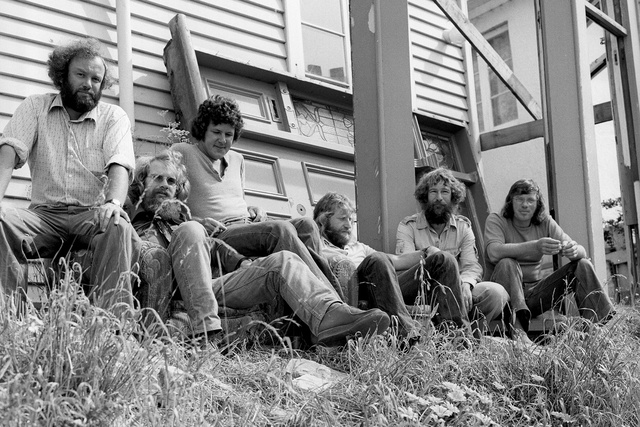
Athfield was open about his dismissal from Structon in July 1968, describing the way in which he suggested the practice introduce a retirement policy to ease out the old guard, and the old guard were forthright in their objection. So, he was there one day and gone the next, setting up his own office at home in Khandallah. His final act at Structon was to grab some mates, sneak back in at midnight and scoop up all the drawing equipment and supplies that they could carry. Ultimately, he took clients and staff with him too. One of the staff was draughtsman Ian Dickson; Ath offered him a job and he accepted.
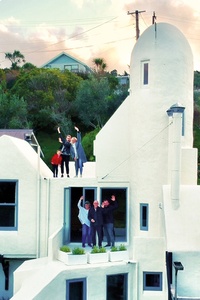
A lot happened during Dickson’s 50 years at Athfield Architects: original and creative houses that both shocked and awed; like-minded clients that became long-standing friends; the revitalisation of old buildings through adaptive reuse; and winning an international competition from a field of almost 500 for low-cost housing in Manila. The break into commercial work came shortly thereafter.
Slowly but steadily, the office grew, sitting at 13 or 14 in the 1980s — until the sharemarket crashed and the consequent recession forced belt-tightening. But, during that recession, Athfield Architects broke into public work, with the Civic Square and Wellington Public Library projects, and the practice expanded beyond its 1980s’ numbers. It has grown from strength to strength since then, with more transformative urban projects like the Wellington Waterfront, Chews Lane and the Clyde Quay Wharf apartments, much work for Victoria University of Wellington, and prestigious commissions, such as the refurbishment of Government House. The opening of offices in Christchurch and Auckland in 1994 and 2006, respectively, reflected both the growth of the practice and the national scope of the work.
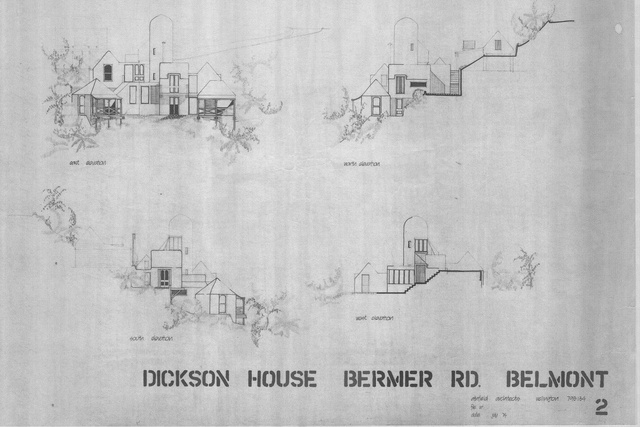
Dickson was a key figure in the office during all of this. He was promoted to principal/director in the late 1970s, and retained that role through to his retirement. Among his favourite projects — ones he talked about at home — were the refurbishment of the Greta Point Tavern (1978–1981; revisited in 1987) and its subsequent relocation in 2002–2003, as well as the transformative urban interventions, including both Chews Lane and the Clyde Quay Wharf apartments.
Colleagues past and present are unanimous in their praise for the quietly spoken Dickson, recognising that he led by example, and describing him as kind, generous, prolific, creative, reliable and accurate. He was particularly important as a mentor to younger staff. Some recall that he taught them everything they know. And clients have noted that his name was seemingly on every drawing they ever saw for their projects.
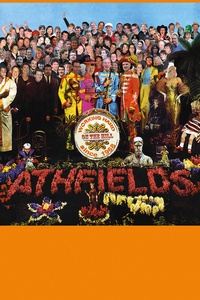
Dickson met the love of his life, Jacky, when he was 18 and she, 16. They married six years later, in 1972, and had two children, Kirsty and Hamish. When Kirsty was born, they were living in a flat in Lower Hutt but had bought a piece of land in Belmont, for which Dickson designed a house in 1974 — just touching base with Ath from time to time to ask him what he thought.
The house has much in common with many of those produced by the office in this period, including an irregular, white-plastered exterior form, complete with a bold cylindrical tower, along with exposed timber roof structures and timber sarking internally. Dickson also documented the project and employed a builder to help him build it. The family moved in in 1975, although the house was not completed until 1977. The only addition thereafter was a garage that was later adapted for use as a third bedroom.
Beyond architecture, Dickson was a keen rugby player. He played for Naenae, which was later amalgamated into the Avalon Rugby Football Club, and continued to play as part of its Golden Oldies team. He loved music and, in his 30s, became a self-taught guitarist. He would play at Athfield Architects parties and enjoyed it most when people would sing along. He liked to cook and, particularly, to barbecue. In 1987, the family bought a holiday house at Waitetoko on Lake Taupō, where every advantage was taken of the lake for boating and fishing, and of Mount Ruapehu for skiing.
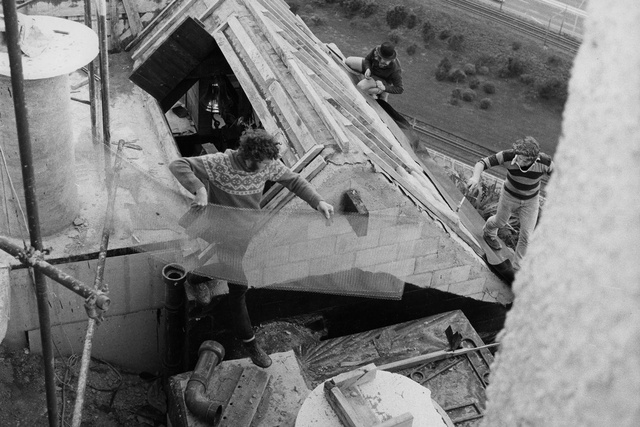
When Dickson retired from Athfield Architects in 2019, staff compiled a book of photographs, excerpts and memories as a leaving gift. At the funeral in March, Zac Athfield painted an evocative picture of the practice’s longest-serving staff member by reading from it as follows:
Steps climbed: 3,750,000
Projects worked on: 1029
Novices mentored: 348
Parties attended: 693
Pencils sharpened: 12,392
Brothels worked on: 1 (known)
Churches worked on: 2
Conversation pits contemplated: 50
Doobies smoked: undisclosed
Defects noted: 2 billion (give or take)
Defects overlooked: 0
Holes dug: 220
Darts thrown: 5290
Harsh words spoken: 0
Dickson is survived by Jacky, their children Kirsty and Hamish, and partners Matthew and Toni, respectively, and grandchildren Ollie, Sophie and Carter. With his deteriorating health, he and Jacky left the family home in 2021 and moved into a retirement village, and then, in the last months of his life, he was looked after in the village’s special care unit.
Dickson was a quiet achiever whose impact on those close to him was profound.
